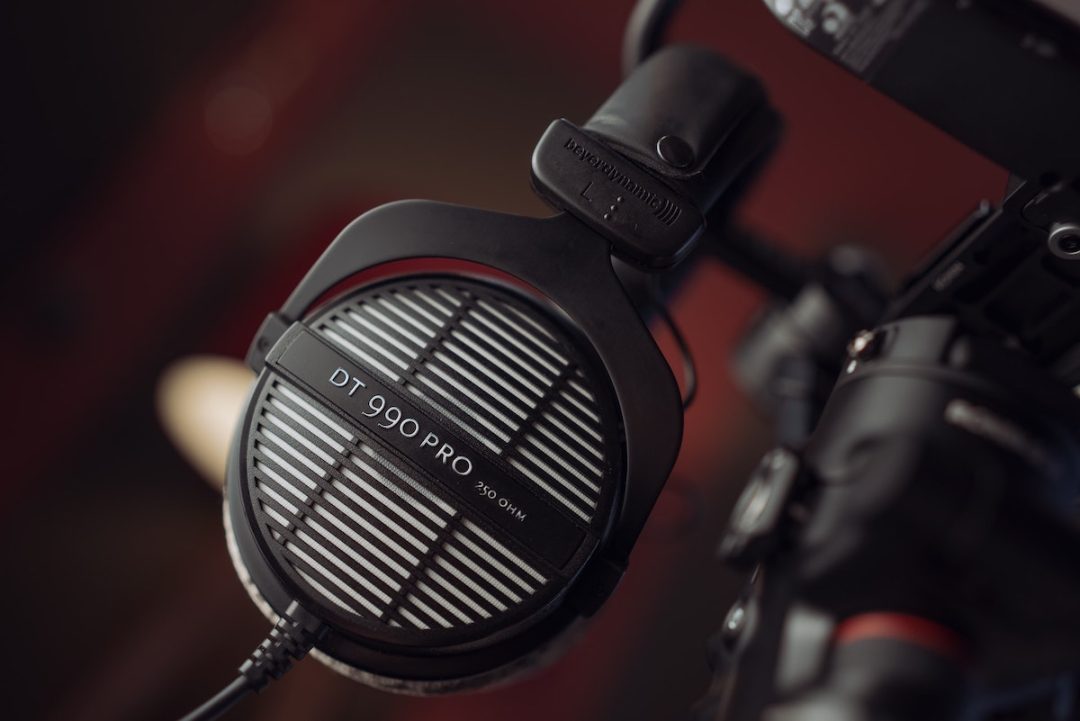Like many technical terms in audio and electronics, impedance gets bandied about regularly. If you’ve ever read the specs on pro audio equipment, particularly headphones and speakers, but also mixers, preamps, and more, then you’ve certainly encountered the word. Just what is impedance, exactly?
What Is Impedance & How Is It Measured?
Audio signals are a type of alternating current (AC). Impedance, measured in Ohms (Ω), is a form of resistance in a circuit that helps direct the flow of power between devices. Without impedance, we would have overpowered and underpowered connections which could degrade our sound quality at best and damage equipment at worst.
How Is Impedance Different from Resistance?
In most discussions, resistance is a synonym for impedance. You’ll frequently see the terms used interchangeably. Technically, impedance is a combination of resistance, capacitance, and inductance when dealing with alternating current in audio signals. I’d wisely defer to electrical engineers for more information, but for our purposes, we can consider the two terms interchangeable.
Input vs. Output Impedance
Any piece of gear that receives a signal has an input impedance. Any piece of gear that generates, or outputs, a signal has an output impedance.
One example that we’re all familiar with is the connection between a microphone and an audio interface. The interface receives the signal and has an input impedance. The microphone itself has an output impedance going to the preamp. Generally speaking, mics have relatively low output impedance around 200Ω or fewer. Modern interfaces have high input impedances, such as 3000Ω. This is a safe connection and locks in optimal current flow between the equipment.
What Causes Impedance?
Impedance in Speakers
Speaker impedance is one of the most common forms, and it’s also one of the most important to get right when connecting passive speakers that require an external amplifier to power. Usually passive speakers have a rating of 2, 4, 8, or 16 Ohms.
If you match the amplifier to the speaker impedance, you’re good to go. If the speaker rating is higher than the amp’s, that’s okay as well — the speakers just won’t get the full power from the amp. However, if the amp is rated higher than the speakers, you could risk overpowering and damaging them.
Impedance in Headphones
Headphone impedance is another common rating. The higher the impedance rating, the more “juice” the headphones need to reach optimal volume and sound reproduction. Consumer headphones usually have low impedances — around 32Ω or below. As such, they can successfully connect to mobile devices and laptops. Headphones with higher impedances tend to fall into the “professional” category and require more robust amplification to sound their best. External headphone amps, or those built into mixers and interfaces, can supply enough power.
- RELATED: Beyerdynamic DT 770 Pro Review
What Is Impedance Matching & When Is It Necessary?
Impedance matching means that the output rating of one device is the same as the input rating of another. We talked about it with speakers and amplifiers above. Modern audio equipment has drastically improved and streamlined impedance matching across devices, nearly to the point that it’s a non-issue. Even inexpensive audio interfaces have incredibly high input ratings to receive mic signals, line signals, instrument signals, and others without any hiccups. Impedance matching is still important for passive speakers and amps, such as the connection between a guitar head and a cabinet or between studio monitors and an amp.
Takeaways
The biggest takeaway is that impedance represents a circuit’s resistance to an incoming audio signal. For most standard audio connections, having a high input impedance and a low output impedance ensures an adequate flow of power between devices. Today’s audio interfaces have extremely high input ratings to accept microphones and other connections with little consideration or “matching” from us. With passive speakers, you just want to make sure the amp doesn’t overpower the speaker — when in doubt, match the ratings for the best and safest result.
